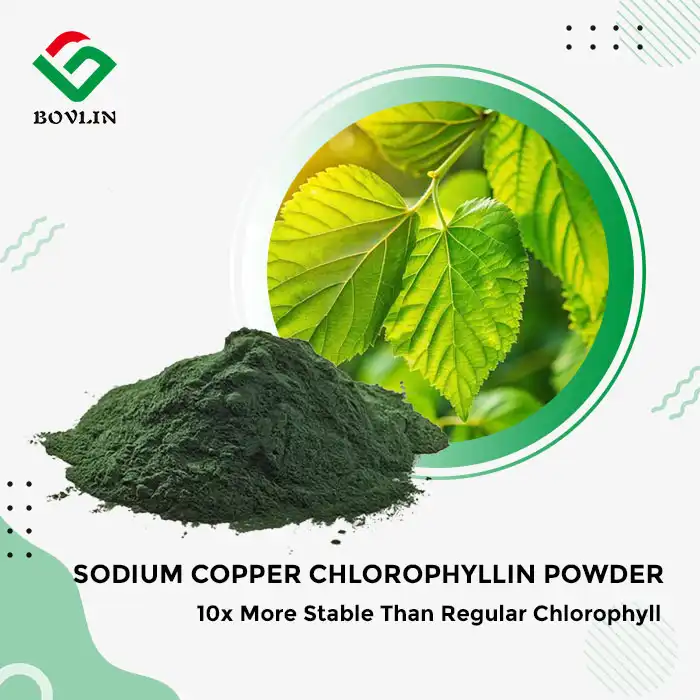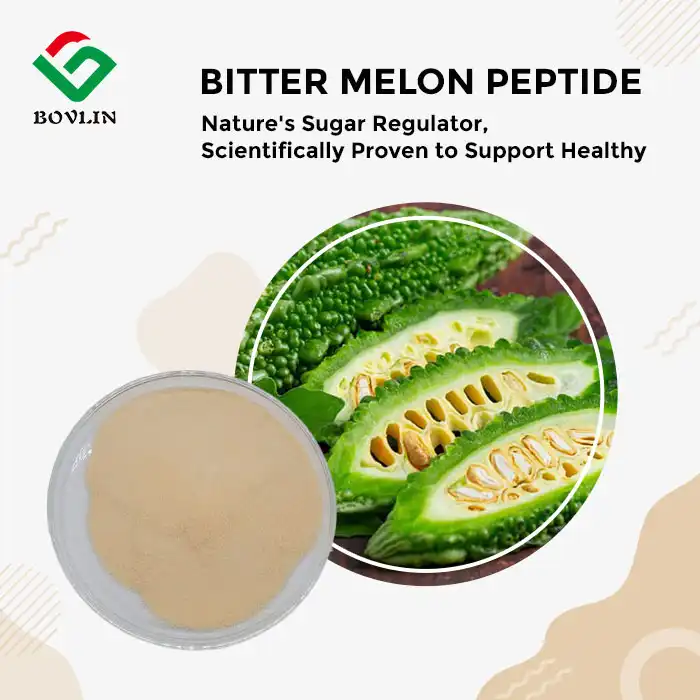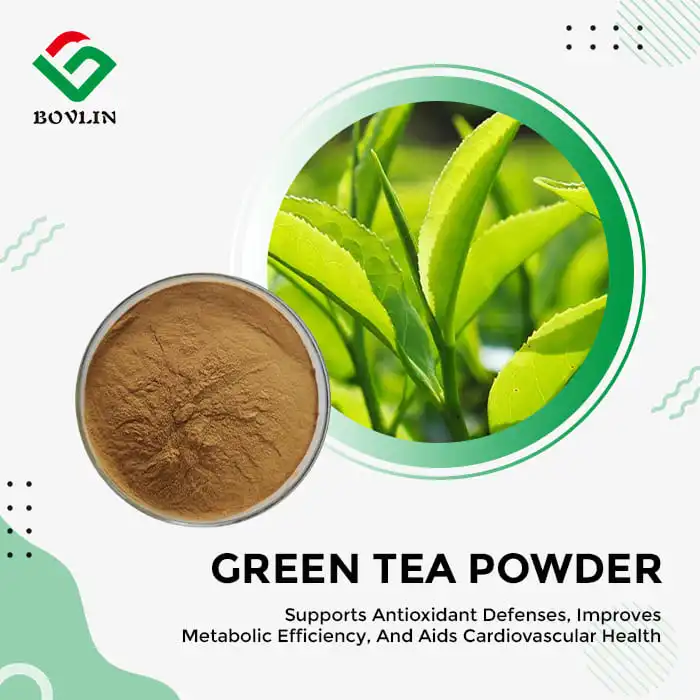What are the Benefits of Hydrolyzed Pea Protein Powder?
Hydrolyzed pea protein powder offers numerous benefits for manufacturers in the health and nutrition industry. This innovative ingredient delivers a complete amino acid profile, enhanced digestibility, and superior absorption compared to standard pea protein. Hydrolyzed pea protein powder's unique properties make it an excellent choice for vegan products, sports nutrition formulations, and clinical nutrition applications. Its versatility, combined with a neutral taste and improved solubility, allows for seamless integration into a wide range of food and beverage products. As a sustainable, allergen-friendly protein source, hydrolyzed pea protein powder meets the growing demand for plant-based alternatives while providing the nutritional benefits consumers seek in their dietary supplements and fortified foods.
What Nutrients Make Hydrolyzed Pea Protein Unique? Complete Amino Acid Profile
Hydrolyzed pea protein powder stands out due to its comprehensive amino acid profile. Unlike some plant-based proteins, pea protein contains all nine essential amino acids, making it a complete protein source. The hydrolysis process further enhances the availability of these amino acids, particularly branched-chain amino acids (BCAAs) like leucine, isoleucine, and valine. These BCAAs play a crucial role in muscle protein synthesis and recovery, making hydrolyzed pea protein powder an attractive ingredient for sports nutrition products.
Rich in Iron and Other Micronutrients
Beyond its protein content, hydrolyzed pea protein powder, also known as pea peptide powder, offers a range of micronutrients. It's notably high in iron, an essential mineral often lacking in vegetarian and vegan diets. The iron in pea protein is non-heme iron, which, while not as readily absorbed as heme iron from animal sources, still contributes significantly to daily iron requirements. Additionally, pea protein provides other minerals such as zinc, copper, and manganese, enhancing its nutritional value in food formulations.
Low in Anti-Nutrients
One of the advantages of hydrolyzed pea protein powder is its low content of anti-nutrients. Anti-nutrients are compounds found in many plant-based foods that can interfere with the absorption of certain nutrients. The processing of peas to create hydrolyzed pea protein significantly reduces anti-nutrients like phytates and lectins. This reduction not only improves the overall digestibility of the protein but also enhances the bioavailability of minerals, making hydrolyzed pea protein powder a superior choice for nutrient-dense product formulations.
Enhanced Digestibility and Amino Acid Absorption
Improved Protein Breakdown
The hydrolysis process used to create pea protein hydrolysate powder involves breaking down protein molecules into smaller peptides. This pre-digestion step significantly improves the digestibility of the protein. Smaller peptides are more easily absorbed by the body, reducing the digestive burden and potentially minimizing gastrointestinal discomfort. For manufacturers developing products for consumers with sensitive digestive systems or those requiring rapid protein absorption, hydrolyzed pea protein offers a clear advantage over non-hydrolyzed alternatives.
Rapid Amino Acid Availability
Due to its pre-digested nature, hydrolyzed pea protein powder allows for rapid amino acid availability in the bloodstream. This quick absorption is particularly beneficial in sports nutrition products, where fast delivery of amino acids to muscles can support recovery and growth. The enhanced absorption rate also makes pea peptides an excellent choice for meal replacement formulas and other products designed to provide quick, easily digestible nutrition.
Reduced Allergenic Potential
The hydrolysis process not only improves digestibility but also has the potential to reduce allergenic properties. By breaking down proteins into smaller peptides, some allergenic epitopes may be destroyed or altered, potentially making hydrolyzed pea protein powder a safer option for individuals with certain protein sensitivities. While it's important to note that pea protein is already considered hypoallergenic compared to common allergens like soy or dairy, the hydrolyzed form may offer additional benefits in this regard.
Role in Vegan, Sports, and Clinical Nutrition Markets
Plant-Based Protein Alternative
Hydrolyzed pea protein powder plays a significant role in the expanding vegan and plant-based product market. As consumers increasingly seek alternatives to animal-based proteins, pea protein hydrolysate offers a high-quality, complete protein source that can effectively replace dairy or soy in various applications. Its neutral flavor profile and excellent functionality in food systems make it an ideal ingredient for plant-based milk alternatives, meat substitutes, and vegan protein bars or powders.
Sports Nutrition Formulations
In the sports nutrition sector, hydrolyzed pea protein powder, also known as pea protein hydrolysate powder, is gaining traction as a premium ingredient. Its rapid absorption and complete amino acid profile support muscle recovery and growth, making it suitable for pre- and post-workout supplements. The pea peptides' solubility and neutral taste allow for versatile formulation options, from ready-to-drink shakes to protein-fortified snacks. As more athletes and fitness enthusiasts embrace plant-based diets, hydrolyzed pea protein provides a sustainable and effective alternative to traditional whey protein.
Clinical Nutrition Applications
The benefits of pea protein hydrolysate extend to clinical nutrition applications. Its high digestibility and rapid absorption make it valuable in medical nutrition products for patients with compromised digestive systems or increased protein needs. The hypoallergenic nature of pea protein also makes it suitable for individuals with multiple food allergies or sensitivities. In enteral nutrition formulas or oral nutritional supplements, hydrolyzed pea protein can provide essential amino acids while minimizing the risk of allergic reactions or digestive discomfort.

Conclusion
Hydrolyzed pea protein powder offers a multitude of benefits for manufacturers in the nutrition industry. Its complete amino acid profile, enhanced digestibility, and versatile applications make it a valuable ingredient across various product categories. From supporting the growing plant-based market to meeting the demands of sports nutrition and clinical applications, pea protein hydrolysate stands out as a sustainable, allergen-friendly, and highly functional protein source. As consumer interest in plant-based nutrition continues to rise, hydrolyzed pea protein powder is poised to play an increasingly important role in innovative product formulations.
Contact Us
For more information about our high-quality hydrolyzed pea protein powder and how it can enhance your product line, please contact us at sales1@bovlin.com. Our team of experts is ready to assist you in developing cutting-edge, plant-based solutions for your customers.
References
Gorissen, S. H. M., et al. (2018). Protein content and amino acid composition of commercially available plant-based protein isolates. Amino Acids, 50(12), 1685-1695.
Banaszek, A., et al. (2019). The Effects of Whey vs. Pea Protein on Physical Adaptations Following 8-Weeks of High-Intensity Functional Training (HIFT): A Pilot Study. Sports, 7(1), 12.
Rutherfurd, S. M., et al. (2015). Protein Digestibility-Corrected Amino Acid Scores and Digestible Indispensable Amino Acid Scores Differentially Describe Protein Quality in Growing Male Rats. The Journal of Nutrition, 145(2), 372-379.
Babault, N., et al. (2015). Pea proteins oral supplementation promotes muscle thickness gains during resistance training: a double-blind, randomized, Placebo-controlled clinical trial vs. Whey protein. Journal of the International Society of Sports Nutrition, 12, 3.
Overduin, J., et al. (2015). Satiating effect of proteins in healthy subjects: a comparison of egg albumin, casein, gelatin, soy protein, pea protein, and wheat gluten. The American Journal of Clinical Nutrition, 101(4), 828-838.
Tömösközi, S., et al. (2001). Functional properties of pea proteins. Nahrung/Food, 45(6), 399-401.











